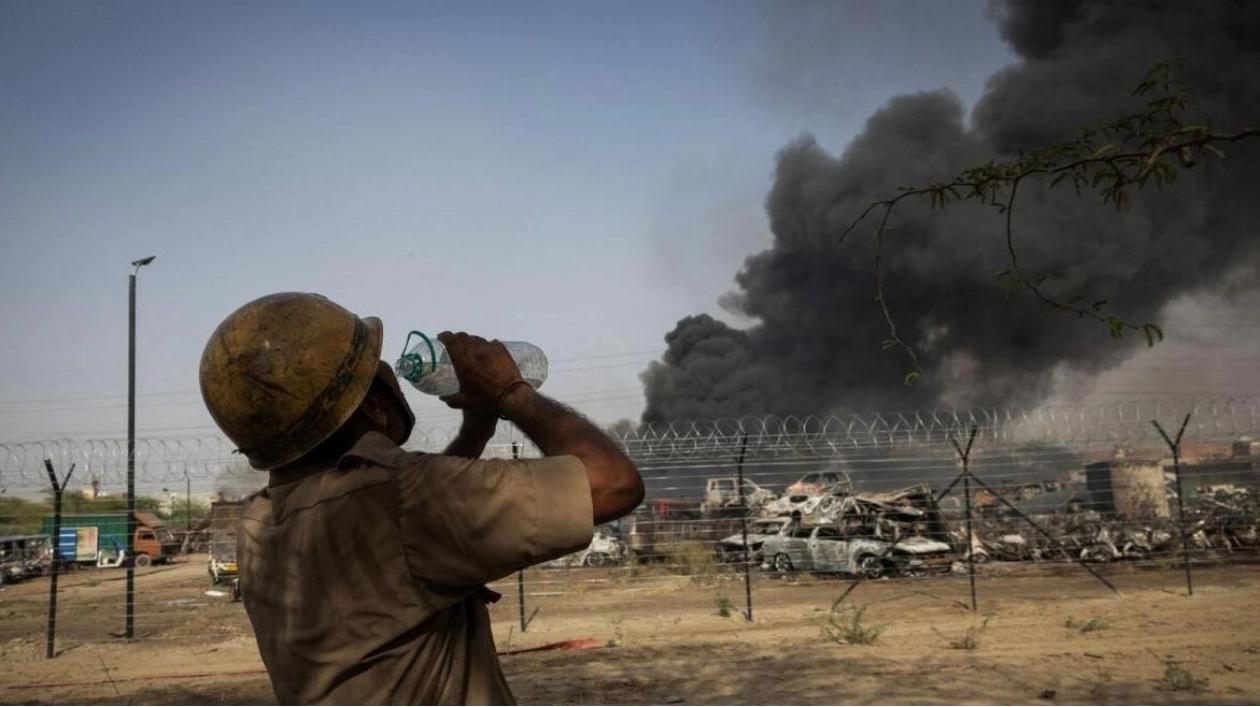In recent years, India has experienced severe weather conditions ranging from heavy rainfall and floods to droughts and cyclones. Experts attribute these worsening events to climate change, noting their increased frequency and unpredictability. On July 30, over 106 people perished due to landslides in tea estates and residential areas in Kerala state.
Extreme weather events have been particularly evident in various parts of the country. In June, Delhi faced flooding following a heatwave, with torrential rains causing a fatal airport roof collapse and three students drowning in a flooded classroom on July 27. In May, a collapsing billboard in Mumbai due to thunderstorms resulted in 14 deaths, while July saw flash floods disrupting transportation.
Assam state suffered significant damage in July as several rivers overflowed due to monsoon rains, leading to floods and landslides that claimed at least 79 lives and displaced thousands. Over 150 animals, including rare one-horned rhinoceros, drowned in Kaziranga National Park. A severe cyclone struck India's southeastern coast in December 2023, following torrential rains that killed at least 13 people, with subsequent heavy downpours in Tamil Nadu leading to widespread flooding and 31 fatalities.
In October 2023, a Himalayan glacial lake outburst in Sikkim caused the region's worst floods in over 50 years, killing 179 and destroying homes and bridges. In February 2021, a landslide near Uttarakhand's second-highest peak resulted in over 200 deaths, flash floods, and the destruction of two hydroelectric projects. In July 2023, a landslide near Mumbai flattened homes, killing at least 27 and trapping numerous residents.
Kerala faced its most devastating flood in a century in 2018, with at least 373 deaths and 1.2 million people displaced to shelter camps. The state received 40% more rainfall than usual.






